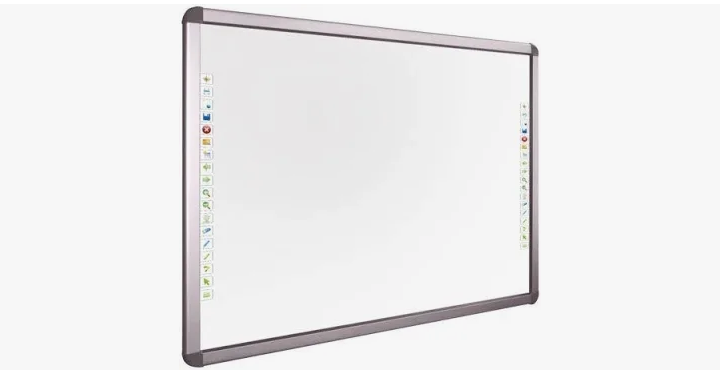A nationwide financial crisis of unprecedented proportions is affecting rural hospitals. To maintain their financial health and offer services in their regions, they are all having difficulty. Notwithstanding the difficulties presented by their remote locations, they are crucial to those rural areas and must maintain consistent patient numbers. Many people are left without access to nearby immediate healthcare when these clinics are forced to close.
Currently, there is a shutdown threat for more than 600 identified rural hospitals. Even more are being compelled to reduce the services they can provide in order to keep their doors open and reduce costs.
What can be done to improve the sustainability and financial stability of rural hospitals? Even though these little adjustments might have a big impact, most rural hospitals will need a systemic transformation to survive.
Adjustments to Medicare & Medicaid
Rural hospitals will be eligible to receive somewhat more money for contracted services as of January 1, 2023 since they will be included in the Medicare and Medicaid coverage categories. According to the decision, Medicare and Medicaid would now pay Rural Emergency Hospitals 5% more than they already do for particular services.
The facility must be classified as a “rural emergency hospital” in order to meet the requirements. Every outpatient service offered at that clinic is covered by the insurance. With those who require inpatient care being sent to other hospitals, the guideline encourages these facilities to concentrate primarily on outpatient care.
These clinics will undoubtedly receive more money as a result of this verdict, but additional funding is still required to keep them operating.
Modifications to Self-Pay Collection
The financial viability of the majority of rural hospitals is already reliant on outpatient care and treatment. Collecting money from those who choose to pay for their own expenses or who still owe money after insurance and contracts have paid is the true issue.
The area that needs the most change to keep these hospitals operating is probably collecting from self-pay debt. Self-pay must be gathered efficiently and promptly to maintain the revenue cycle.
Using technology to help source the work rather than overworking staff that is unable to efficiently collect unpaid invoices will result in the greatest change to your revenue cycle. For best results, combine technology with qualified staff.
Consider these tech-based alternatives that include the customers in supplying payment options.
Contingency Planning Self-Service
Patients who travel to a rural hospital for care are aware of the urgency of their situation, but they are rarely aware of the cost of the visit before they arrive.
It is considerably simpler to have those initial financial conversations with patients when a hospital invests in software and self-service tools that can help accommodate this information. Setting reasonable expectations for consumers requesting outpatient treatments is greatly facilitated by robotic process automation (RPA).
The cost of emergency care, creating payment plans, or taking responsibility to guarantee payment is paid on time and understanding they understand their financial responsibilities are all financial facts that the clients have at their fingertips.
Contactless Services across all channels
Nowadays, technology is a part of everyone’s life. Patient payment is much more likely when they receive digital reminders and options. 48% of customers of healthcare prefer contactless payments, according to a poll that was conducted.
Use the ability to send digital invoices and balance notifications to your customers, as well as the ability to accept digital payments from them. No consumer wants to waste time on hold while waiting to make a payment or leaving a message that might never be returned.
Using omnichannel technologies, put billing and payment options at their digital fingertips. By ensuring they receive the bill and can pay it whenever is convenient, it makes their lives as well as yours simpler.
Make sure you send these texts and reminders at the most advantageous moment by conducting research, and you’ll be paid when they are.
Resolution of Automatic Accounts
The ability to pay the entire debt up front won’t be available to every patient. It’s important to give customers choices. When such options are obvious and simple to access, they are more inclined to pay. They don’t want to spend time on hold pleading for more options, but they do want to pay the bill as efficiently as possible.
READ: Dinosaur Game – A simple T-Rex running game
The availability of payment plans, the range of available financing choices, and the possibility of receiving aid are all things that clients should be informed about. The greatest approach to get pai is by having automatic alternatives for all of their payment solutions. By utilizing technology and automation, you can make payment resolution simpler for your clients. The best way to win for both sides is via it.
Display Your Concern for Your Customers
Nevertheless, you also need employees that care about patients and are willing to put in the extra effort to accommodate them. Technology may make a significant difference in how sustainable and financially stable rural hospitals are. Spend money on technology that makes invoicing and payment processes simpler, but also put in the effort to learn about customer service and meet the demands of your clients.
The effects of inflation and rising prices make this a difficult time. Provide your patients with options, privacy, and comfort while while demonstrating compassion. Rural hospitals can better collect self-pay this way, which will enable them to remain open for a longer period of time.





